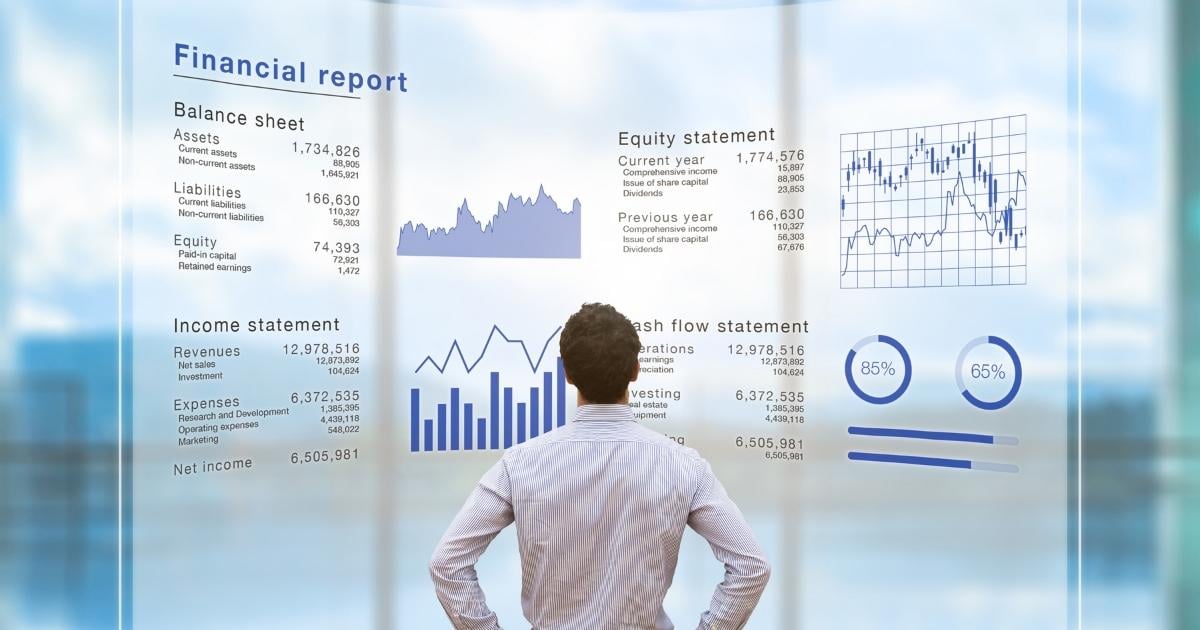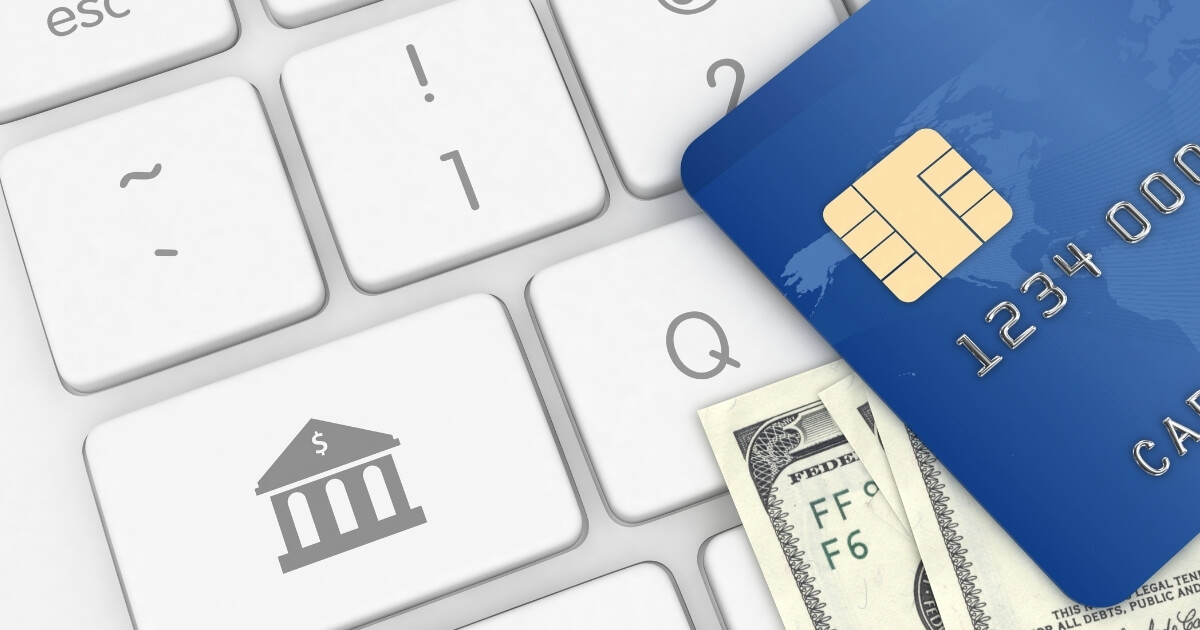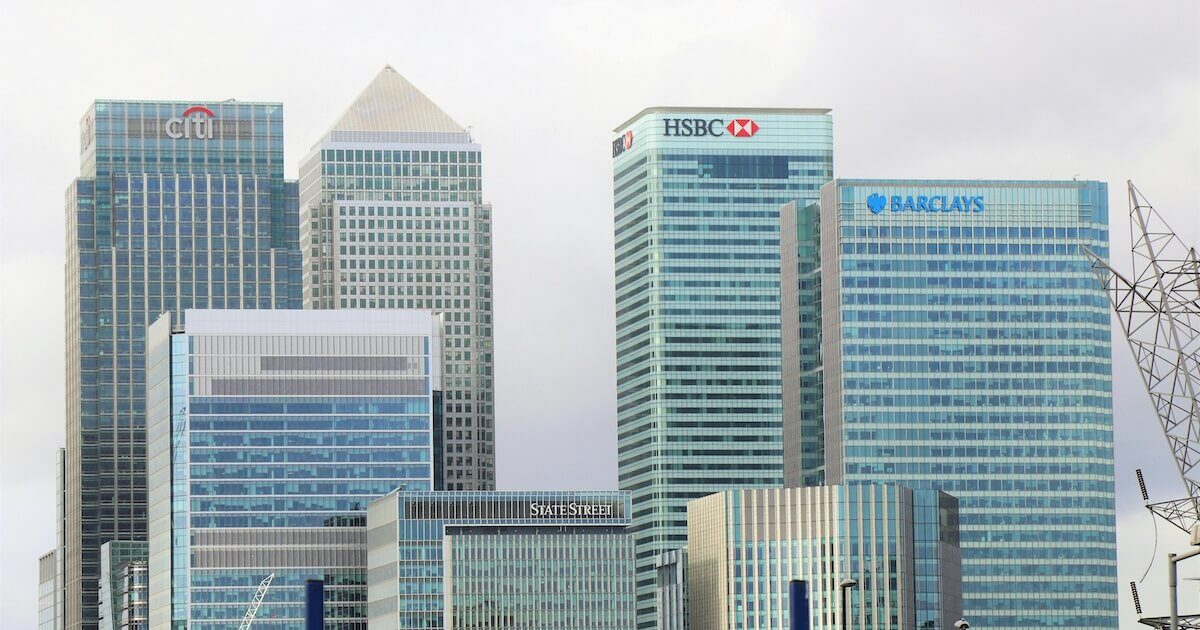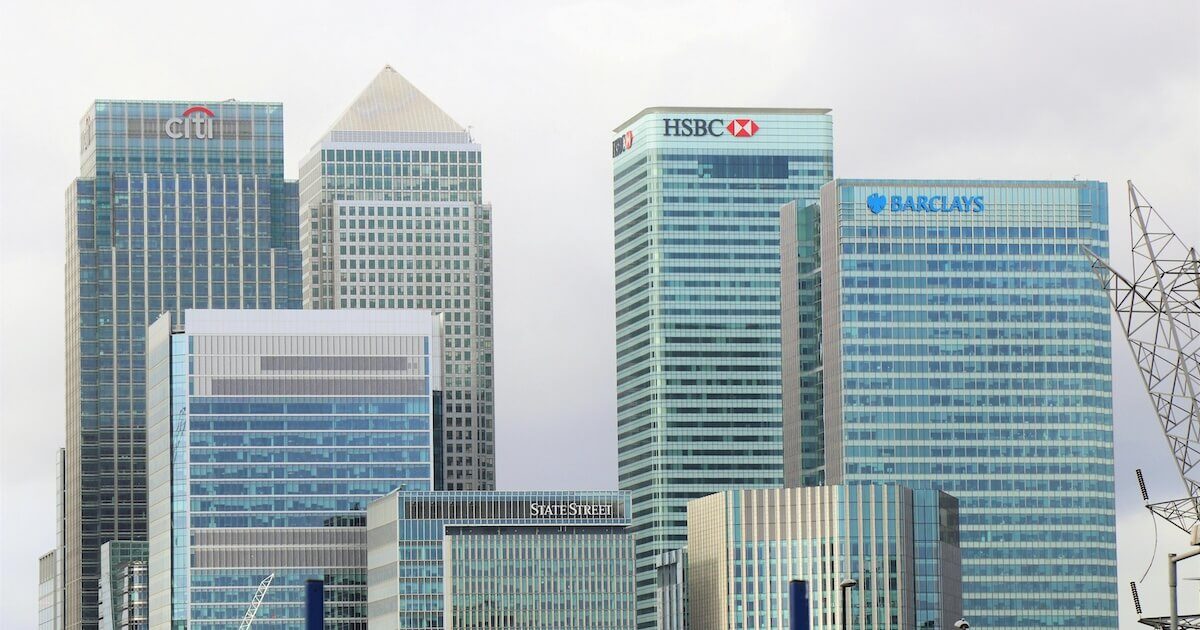Why “People Ignore Design That Ignores People”
.jpg?width=1200&height=630&name=EP%2037%20-%20Blog%20image%202-1%20(1).jpg)
It has to perform and function well for everyone. To achieve great UX design, you need several things – feedback and critique, accessibility, and authenticity. This is something that a lot of industries have been behind on, including the finance world.
However, things are looking up. As awareness grows, financial organizations, both new and old, are increasingly prioritizing good design.
In this episode of Disruption Talks, Shelley Armstrong, Head of Design at Finastra, joins us to discuss the importance of design and what we should consider when building functional designs.
Filip Sobiecki: Could you give us a little elevator pitch to yourself?
Shelley Armstrong: I’ve been in the design field for a long time, and I originally started as a graphic designer for print. I ended up finding myself in the games industry, working on game menus. I worked at Electronic Arts, then Microsoft was looking for someone with 3D experience for the original Xbox.
I eventually moved on and worked in a few agencies in financial, retail, hospitality, and travel. Then less than two years ago, I joined Finastra, where I’m the VP of UX design.
Could you expand on the quote “people ignore design that ignores people”?
I can’t claim that I made that one up. It’s actually a quote from Frank Chimero, author of The Shape of Design. It’s a quote that really resonated with me. UX is all about the experience we have with technology. In the beginning, UX was about how to create interfaces that humans can use with computers. We started to understand what it means to use the software, which was to make it easier and more effective, and intuitive.
That’s the crux for me. It’s making sure you’re thinking of your end-user and what they need. It’s also not just about the able-bodied among us. We have to think about the aging demographic, people with visual impairments, hearing challenges, or motor control issues. The computer is not necessarily the most accommodating place for people with those issues.
You have to start thinking about how we make it inclusive. How do we make sure that our solutions are accessible and usable by anyone who wants to use them? That's what it means to me. You don't ignore the people. We have to accommodate their needs and not expect them to accommodate ours.
How does Finastra work?
Finastra is a financial software company. We make all sorts of financial products, including digital banking and mobile banking.
We also make most of our products for the people who work within the financial industry. This includes everything from opening accounts to processing loans to core banking systems, trade, and capital markets, corporate banking, all the pieces of software that make it make them able to run their business and move money around.
We want to democratize finance so that it’s not this mystifying thing people don’t understand. Part of this is providing tools for people who need better financial literacy. Another part is that we work with algorithmic bias. For example, there have been lots of instances where people of color consistently get declined for loans.
These systems are built with machine learning, but those machines are programmed with people’s unconscious bias. Our machine learning is only as smart as what we tell it, so we do a lot of work trying to eliminate that unconscious bias in our machine learning.
There are no doubt highs and lows in the design world. Could you shed some light on the challenges and frustrations you face?
There are always frustrations. Start-ups can move very quickly and make fast decisions, but they can be volatile. Corporates move a bit more slowly, but there’s more stability. They can often reach larger audiences.
Finastra has been a breath of fresh air for me. I've really enjoyed joining this company because they are so aligned with some of my values. I do feel like I'm doing some of my best work here.
You joined Finastra during the first few months of the pandemic. How did that affect you?
One of the things I was planning to do was train our product and technology teams in design thinking. Typically, when I've done that in the past, I go host workshops and train people all around the company.
We decided to build an online version of the design thinking workshop that I had planned. My team and I worked really hard with a third-party vendor to do the learning program, and we just launched that last month.
I think one of the other changes was how with Zoom, we all got to see a bit into each other’s lives. I think the nice thing to come out of this was a heightened empathy for our colleagues. We’d see children crying in the background or dogs barking and we all became a bit more understanding of each other. It made us all a bit more human, and I hope that continues.
You no longer do the nitty-gritty of daily design work. Do you miss it?
When you’re a young designer, you think it’d be so great to be in charge. You could make sure everything goes smoothly and do things your way.
What you realize is that you don’t have more control because you’re letting other people do the work, and you’re just guiding it. You don’t want to micromanage people, though. You have to be willing to let them do things their way.
Coming back to design in the financial space. How much ignorance do you think there is in the financial world over design?
There’s a broad scale when it comes to UX maturity. Finance has historically lagged because you have a lot of banks with very old legacy systems. It’s painful to change something you’ve been using for 20 years, but things are changing.
Wells Fargo had to pay $17 million in fines because their web applications weren’t accessible to people with disabilities. That started to put a spotlight on what was needed and how you couldn’t get away with not thinking about this. This has meant that more people are paying attention to web accessibility.
It varies in the industry, though. Some of the big guys are doing better because they have deep pockets and can invest in it. Some of the new fintechs are doing great work because their goal is to democratize aspects of finance.
Do you believe that good design is important for user trust?
I believe that good design can change the world, but before you get into that, you need to recognize that whatever you’re doing needs to be authentic.
I’ll give an example without naming names. A lot of people are calling out certain big brands during Pride Month. We saw companies put Pride banners on their American, UK, and other western countries’ social channels, but didn’t in other parts of the world. It just wasn’t very authentic. It’s just jumping on the bandwagon to say you’re for something in this part of the world, but not in another part of the world because it hurts your bottom line.
People know it and call them out on it because it hurts trust. Whatever you’re doing has to align with your company and what you’re actually doing. You can’t just make claims of how great you are.
Beyond that, I think design has the power to reshape how we build that trust. Designers know that the secret sauce is empathy, the ability to see the world from another person’s perspective. When we build more inclusive teams, we get viewpoints that aren’t just singular. We’re looking at it from different geographies, different demographics, different abilities, different lenses.
How do you avoid personal bias in design?
Personal biases are almost always unconscious, so sometimes, you just have to check yourself.
You have to think, is this the right thing to do? Does it make sense to the user? Whose feedback should I get on this? Frequently you're not designing for yourself. I know how I like my applications to work, but I’m one person, and I can’t design everything how I want them to work. I need to consider how others use it.
It’s about getting feedback. I think that critique is a lost art, sadly. It’s important in your team to be tough on the design but kind to the people. You need to point out flaws that might exist in the design that you have blinders on to.
What is your decision-making framework?
You have to ask yourself, am I advocating for the user? Is this good for the user? You also need to ask, is it good for the business? You can't just focus on the end-user unless you're a non-profit. There are still business goals, so you need to understand those and make sure that you're factoring them in as well.
If you had a magic wand and could give every 12-year-old in the world a new skill or piece of knowledge, what would it be?
I would say empathy is critical. People need to have an understanding of other perspectives and other points of view. I think that's crucial.
After the last few years of the political situation, I’d say critical thinking as well. I want people to be able to tell the difference between a conspiracy theory, what's really happening, what articles are real, and what is spin and propaganda. I'd love people to be able to argue based on information, not deeply felt beliefs that may or may not be correct.
This discussion is part of our Disruption Talks recordings, where we invite experts to share their insights on winning innovation strategies, the next generation of disruptors, and scaling digital products. To get unlimited access to this interview and many more, sign up here: www.netguru.com/disruption/talks







